Tourism, Hospitality, and Events: Innovation at Marriott International
VerifiedAdded on 2023/02/06
|18
|1062
|42
Report
AI Summary
This report provides an in-depth analysis of innovation practices within Marriott International, a prominent player in the hospitality industry. It explores various types of innovation, including product, management, process, logistics, and institutional innovations. The report examines how Marriott International utilizes these innovations to meet evolving customer demands and fulfill its corporate social responsibility, with a particular focus on eco-tourism initiatives and sustainable development. It discusses the application of theoretical models such as the Abernathy and Clark Model and the Barcet Model to understand innovation strategies. The report also addresses key challenges faced by the tourism, hospitality, and event organizations, such as government constraints, technological changes, and changing customer demands. Furthermore, it highlights the influencing elements of innovation within the hospitality sector, including innovation support processes, hotel size, supplier-driven factors, competition, and market factors. The report concludes by showcasing Marriott International's eco-tourism efforts, emphasizing their commitment to environmental protection and resource preservation. References from various academic sources support the analysis.
1 out of 18

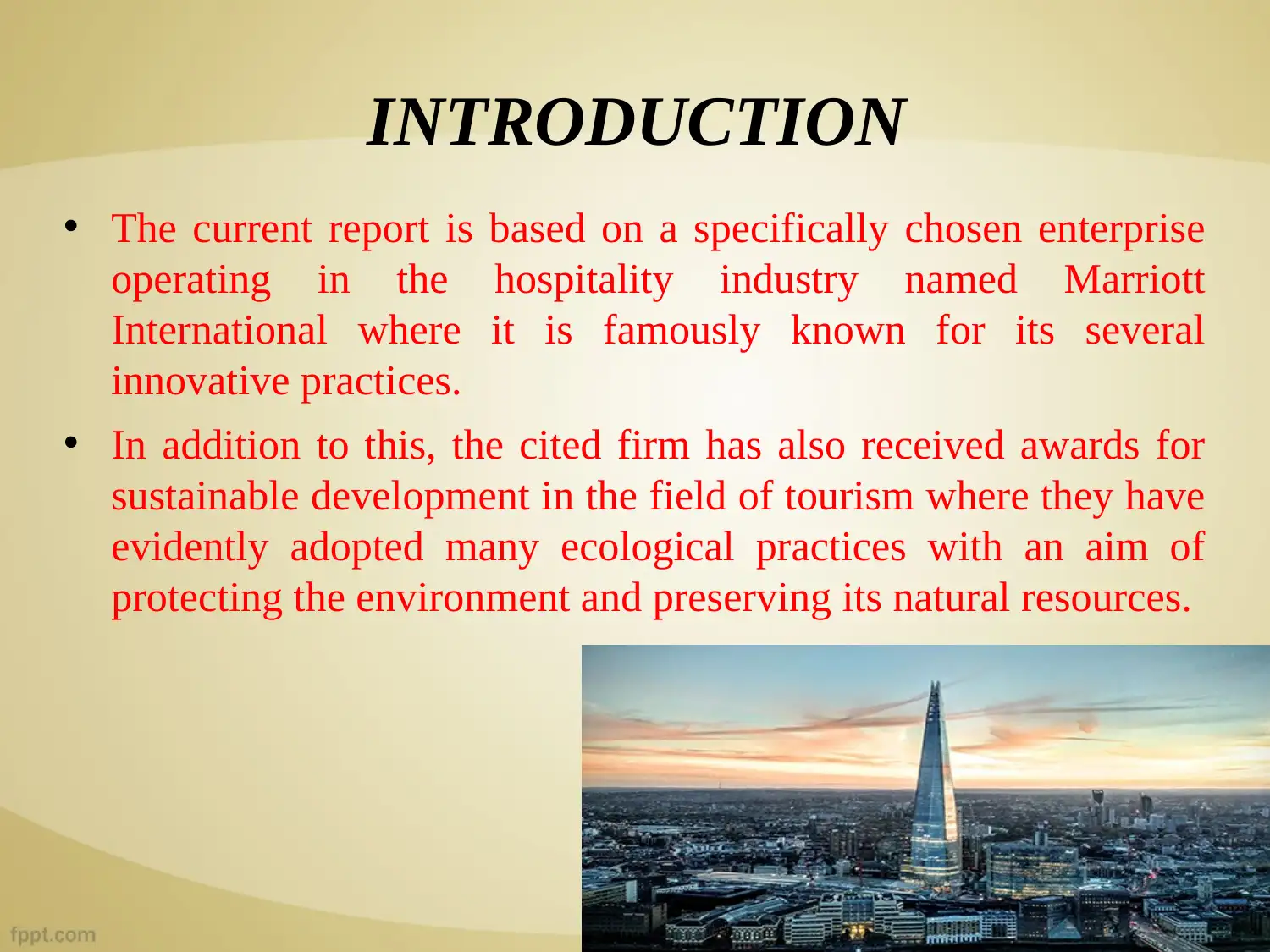
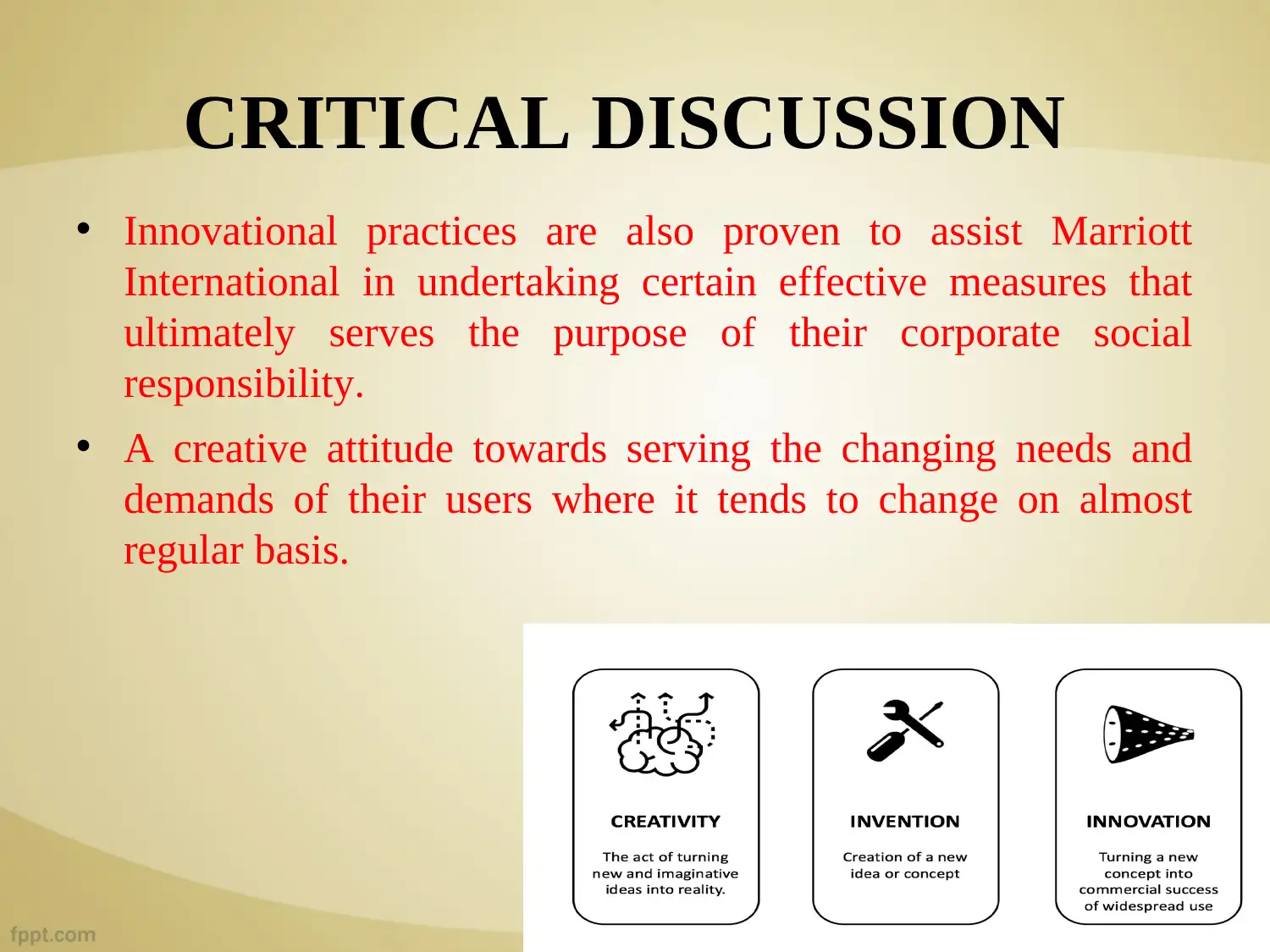

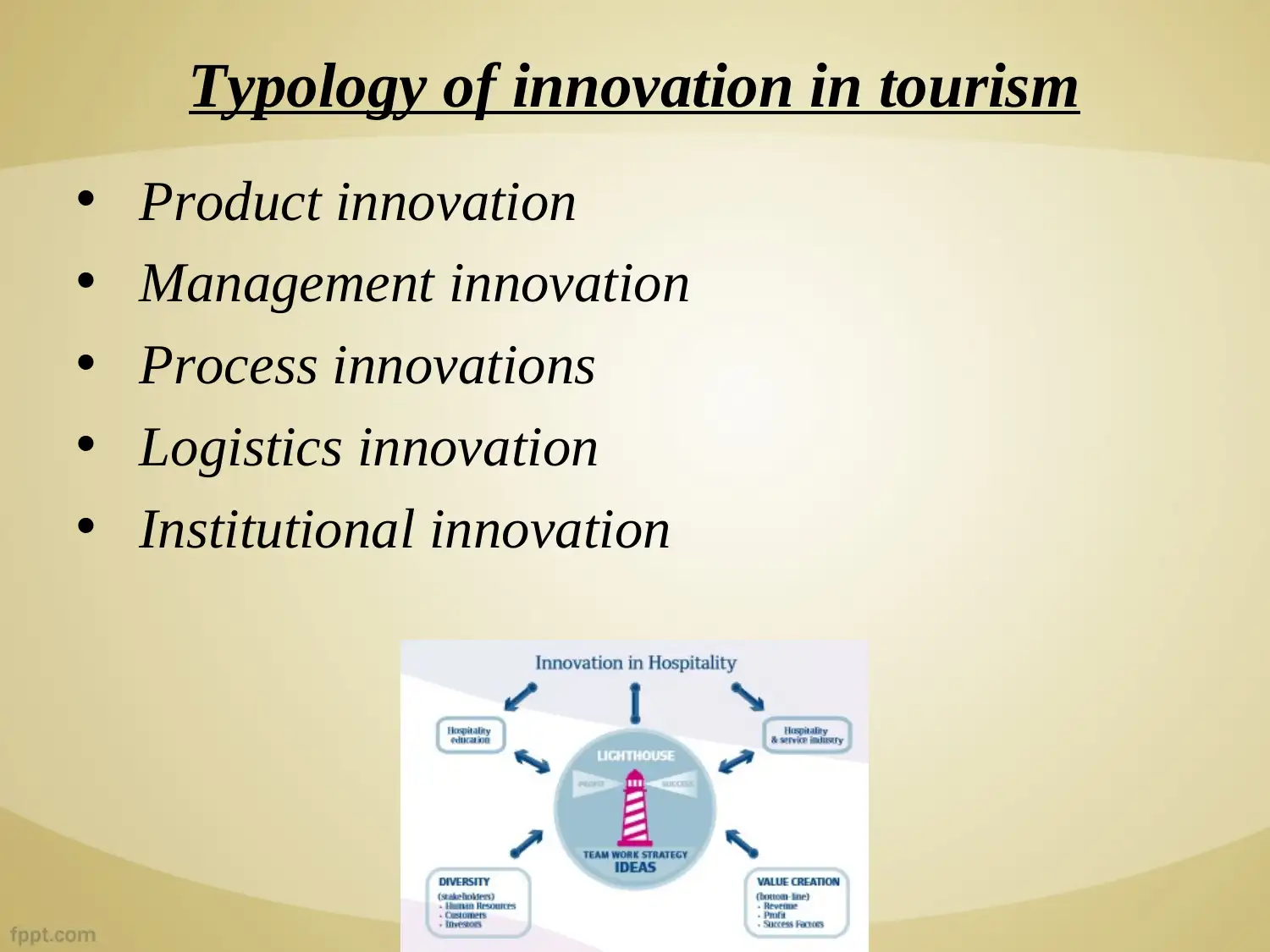
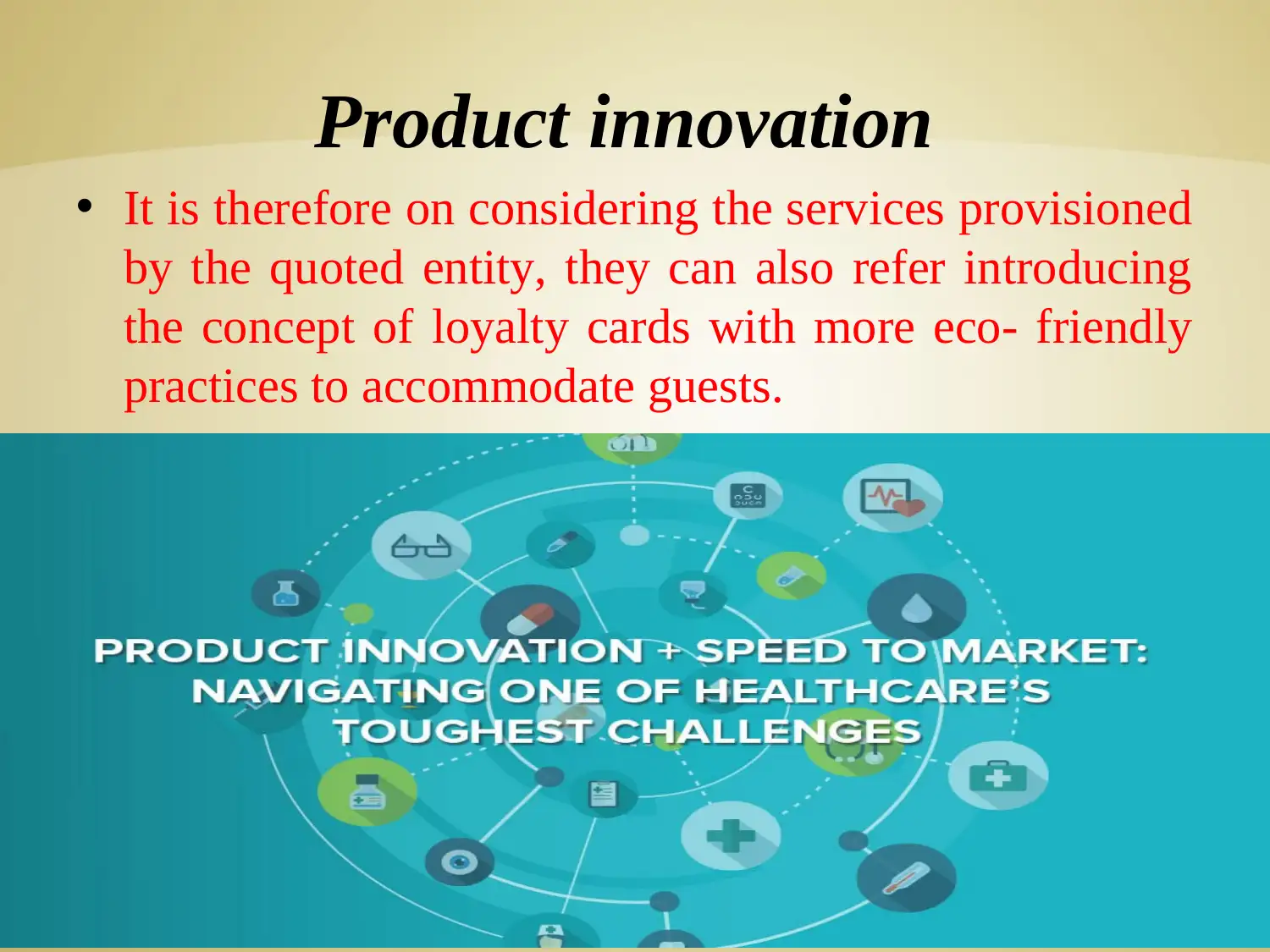
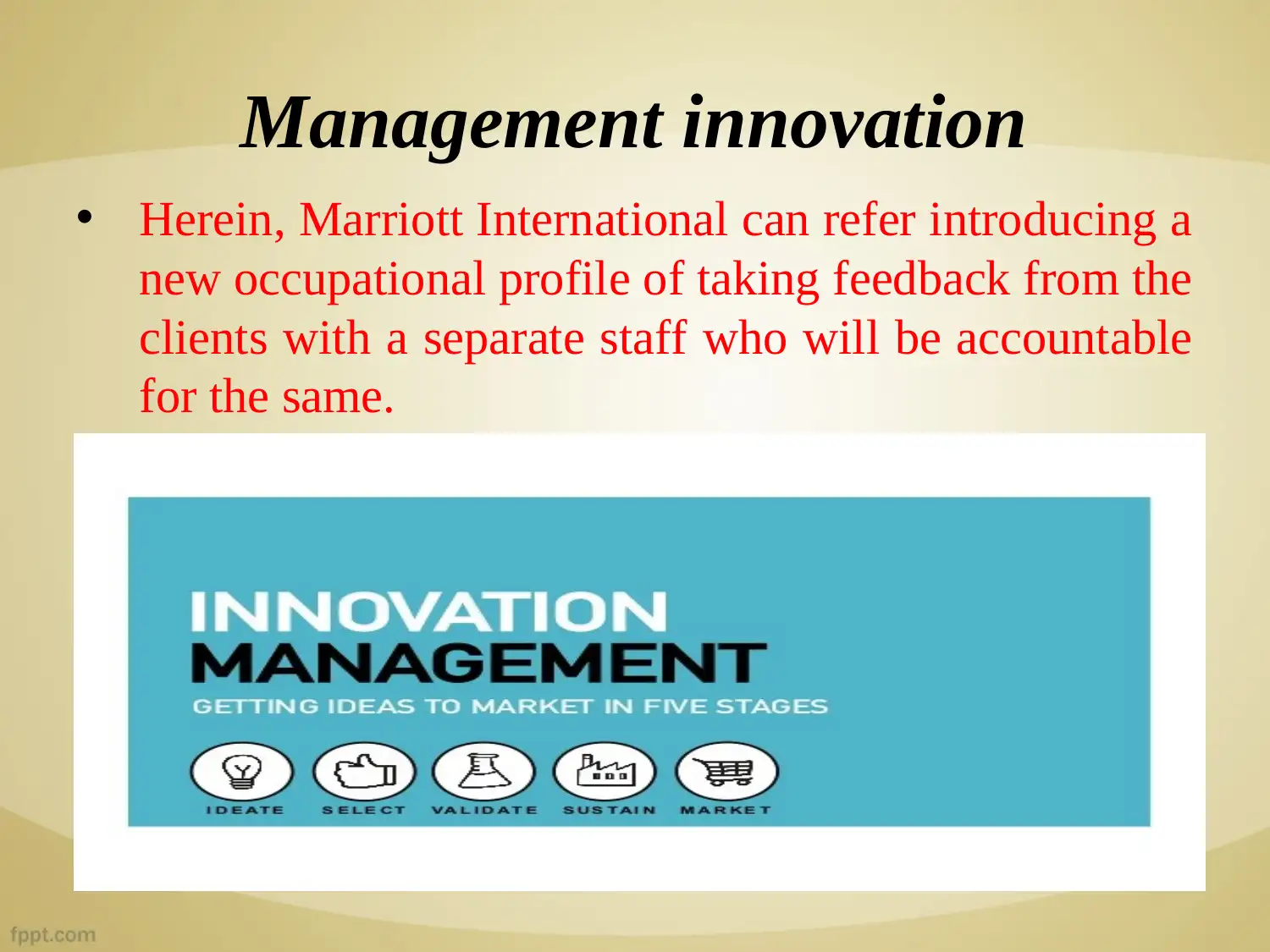
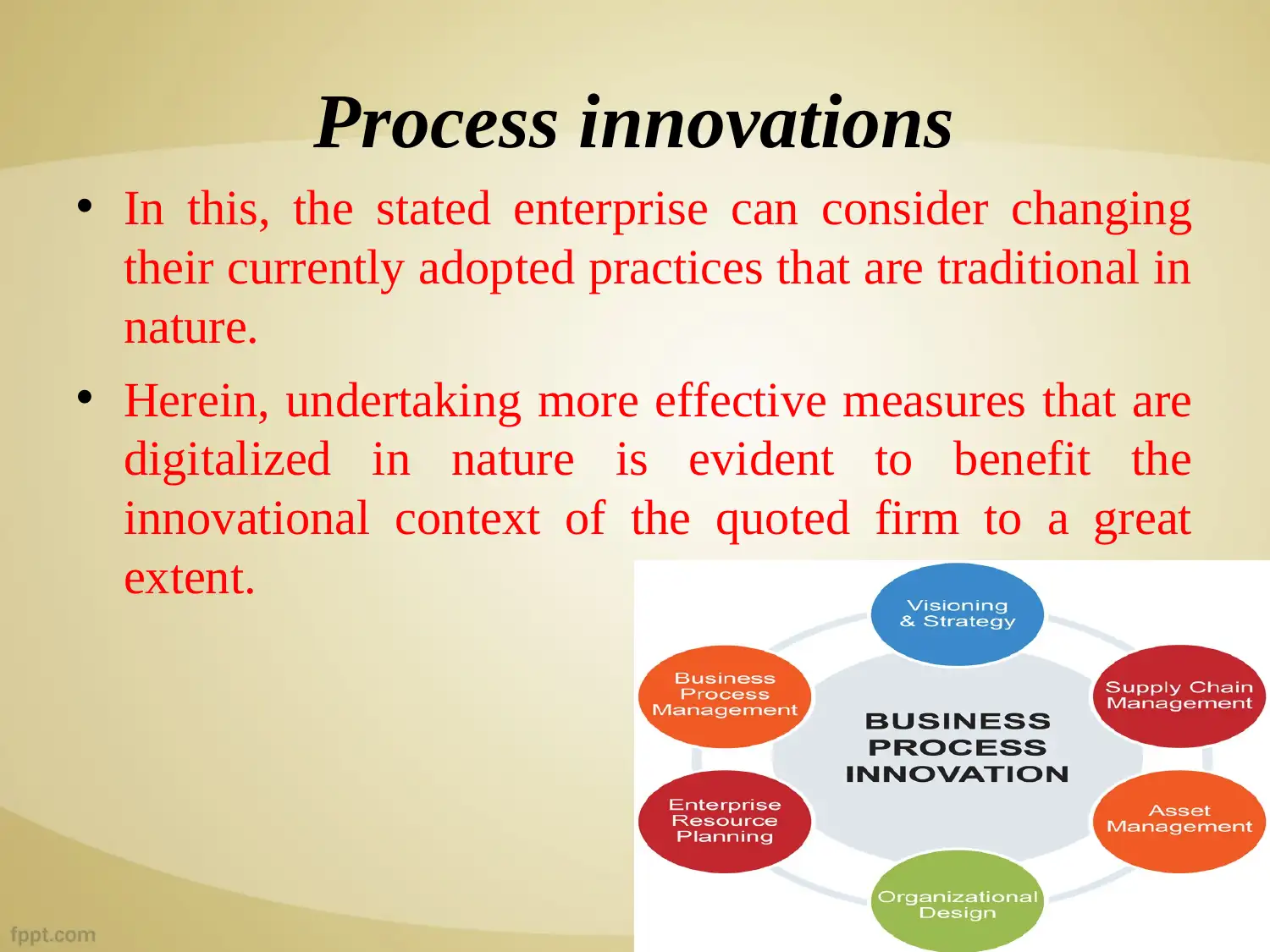
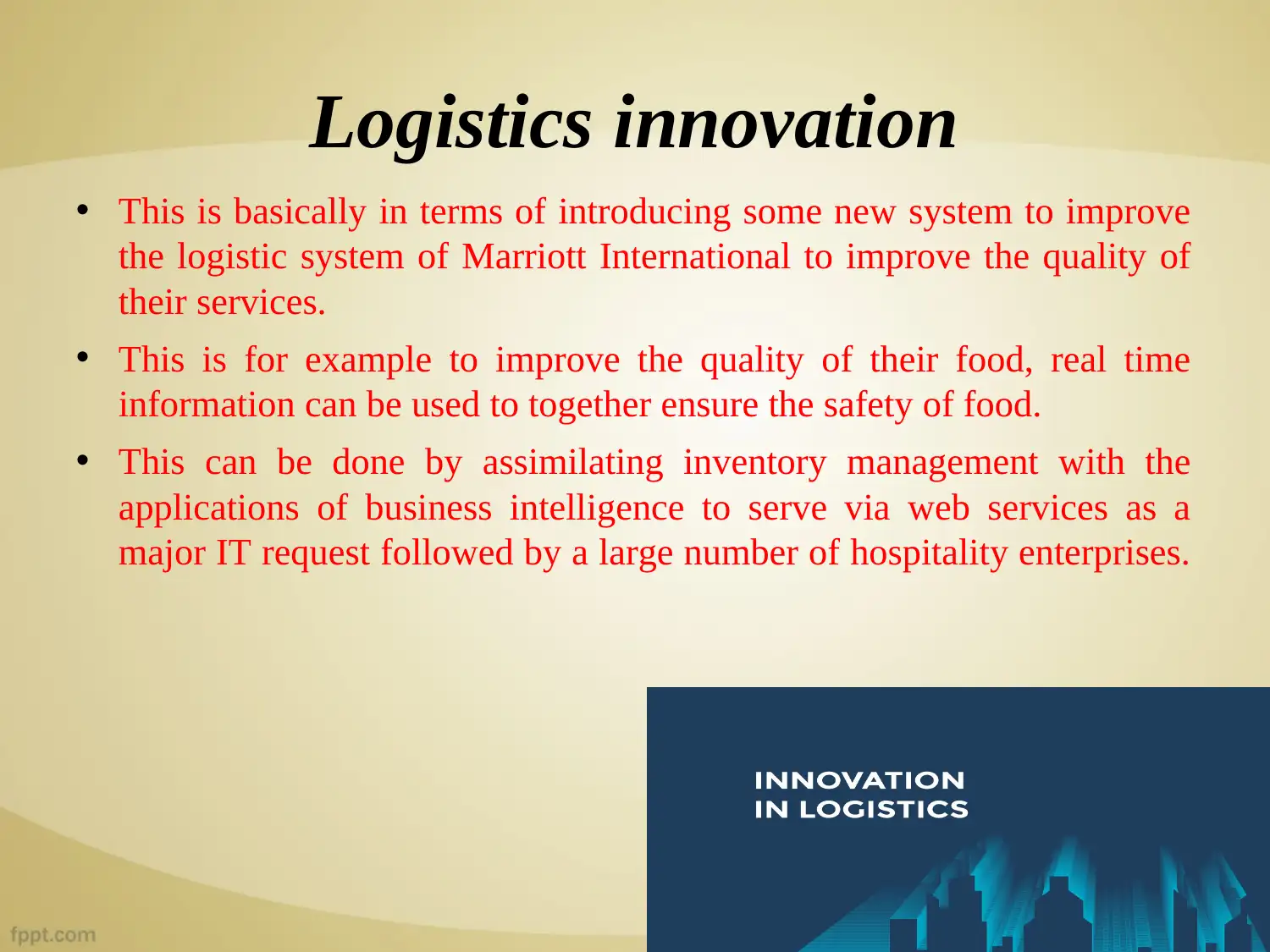
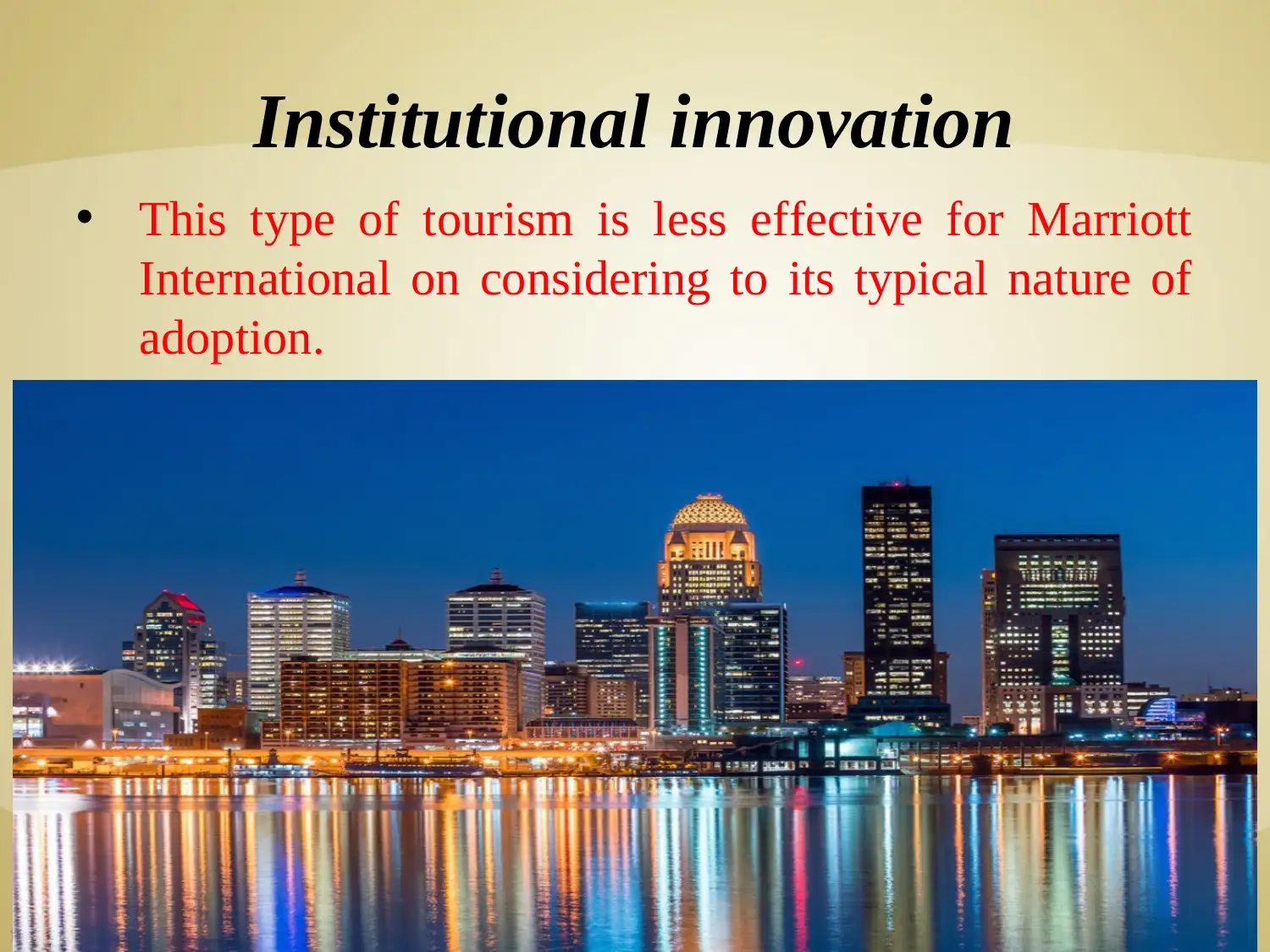
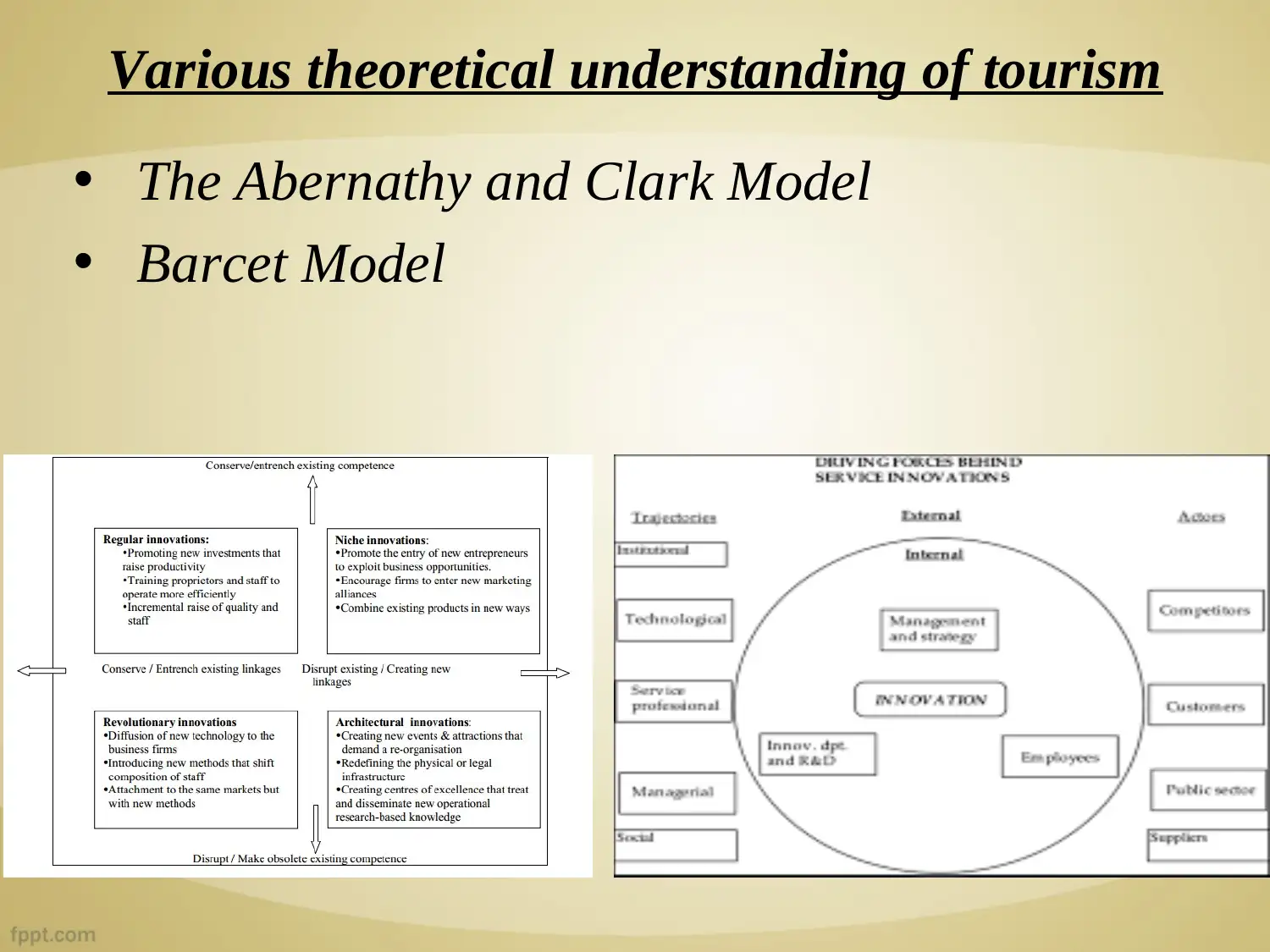
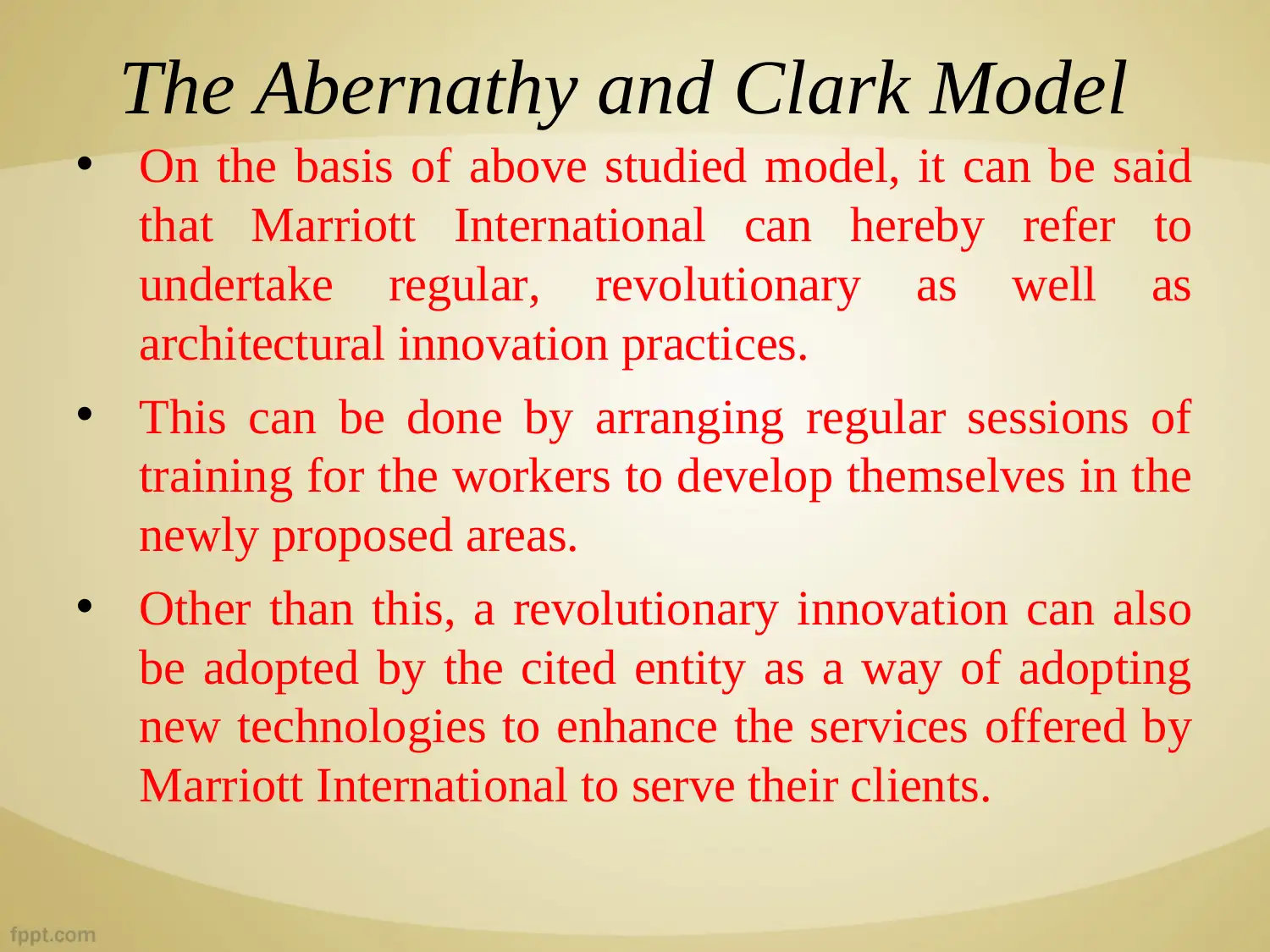
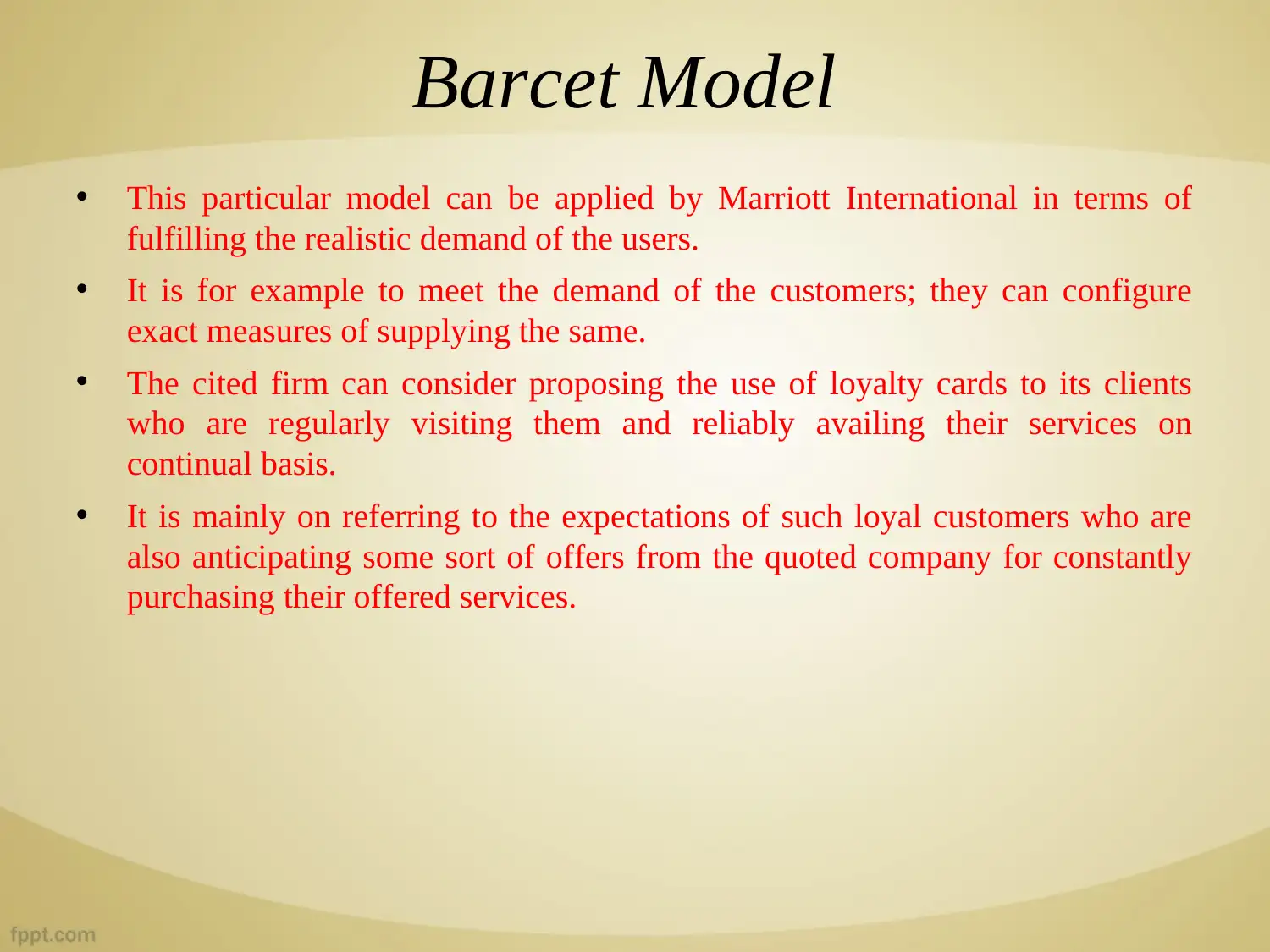





![[object Object]](/_next/static/media/star-bottom.7253800d.svg)